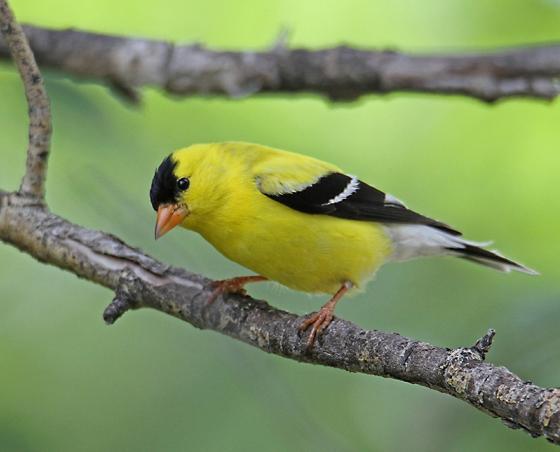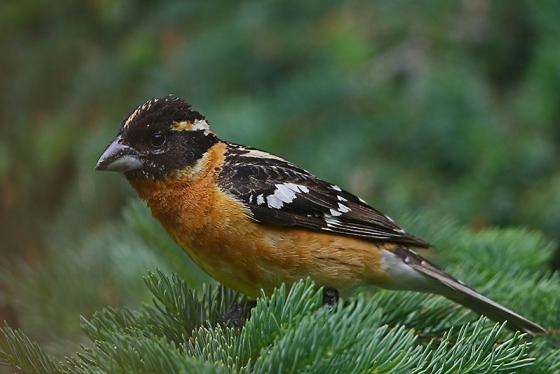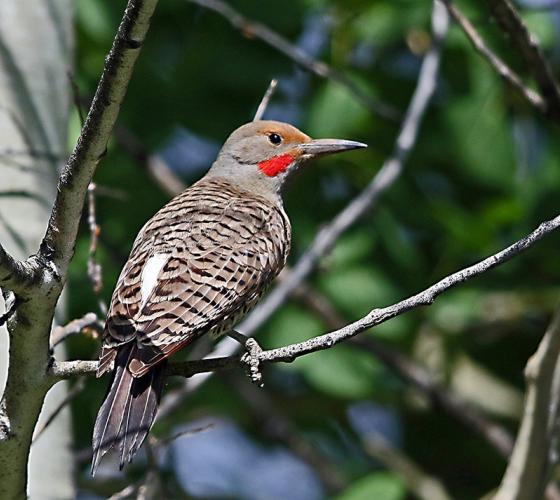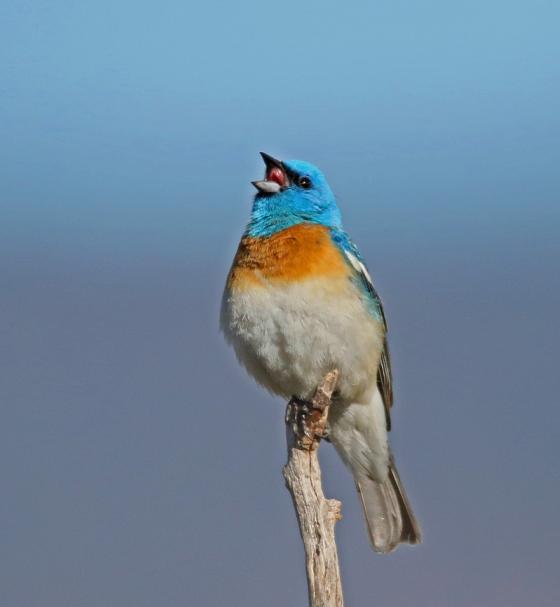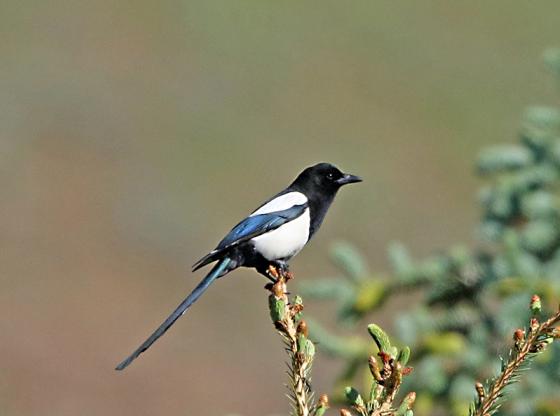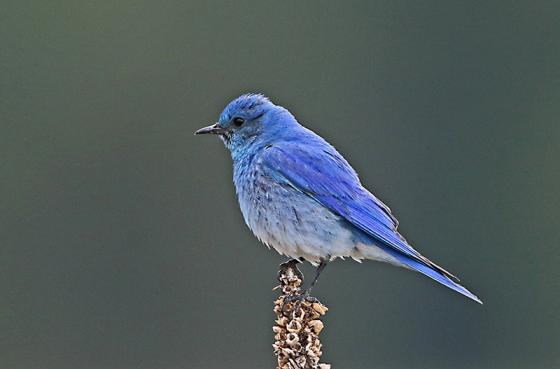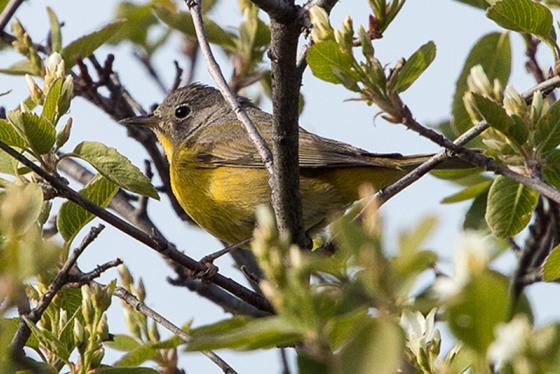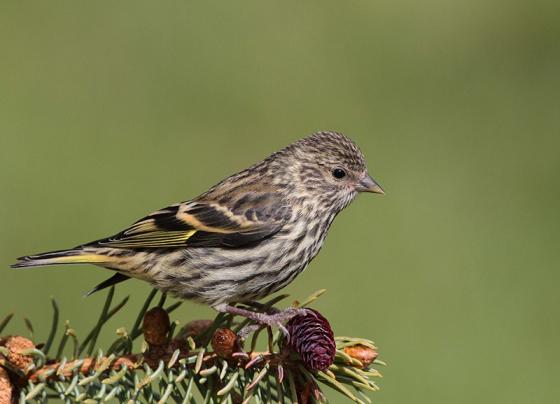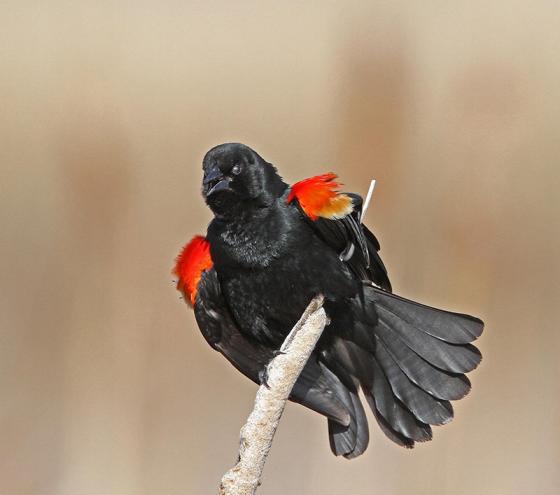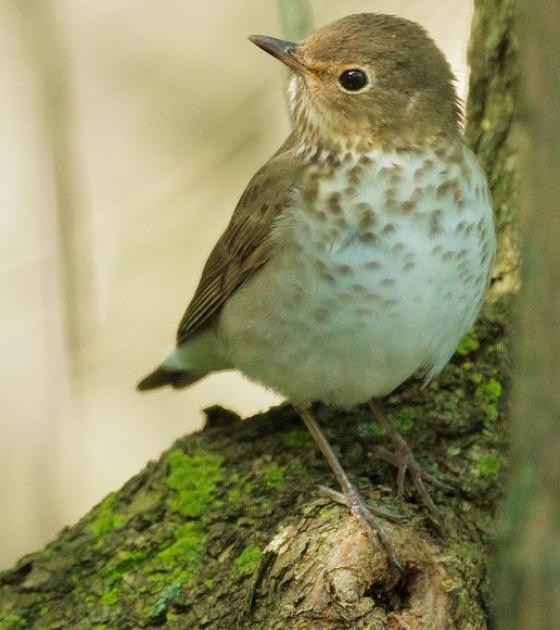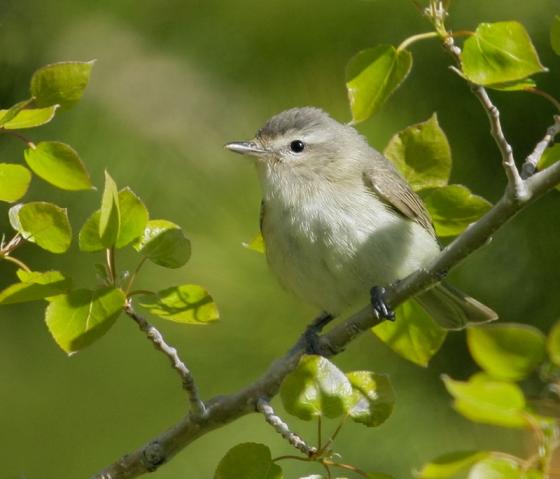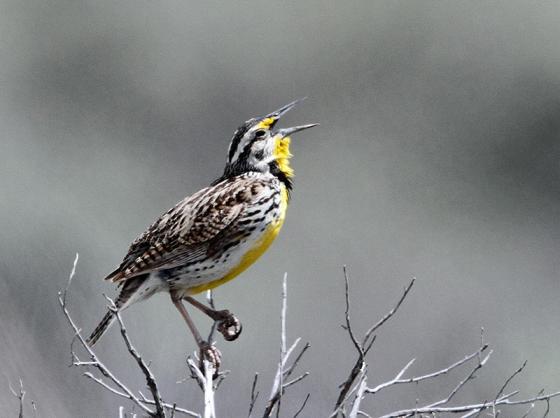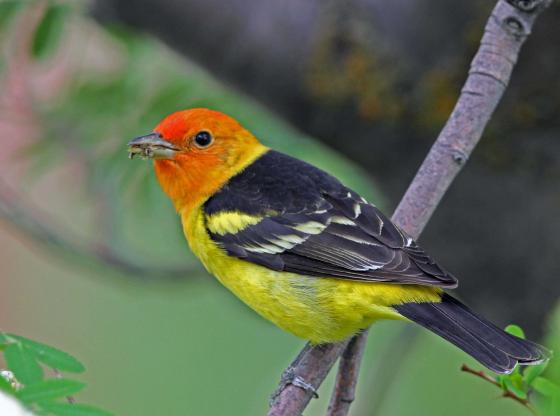An Intro Guide to A Few Bird Sounds in the Methow
Spring!
The Methow Valley is literally FULL of birds in the spring -- some migrating, some staying for the long haul. We thought it might be fun to help introduce some of the "regulars" you might hear while out and about in the Methow in the spring months.
A quick note from the All About Birds website: "Why are some bird sounds referred to as songs and others as calls? Typically a song is defined as a relatively structured vocalization produced while attracting a mate or defending a territory. Calls tend to be shorter, less rhythmic sounds used to communicate a nearby threat or an individual’s location. Each species and individual has a variety of songs and calls used in different contexts that together make up its repertoire. While the distinction between calls and songs is not always clear, it can be quite ear opening to explore the full repertoires of your favorite songbirds."
Big thanks to Peter Bauer, Tom Grey, and Paul Pinsky for all the beautiful photos on this page and to All About Birds from The Cornell Lab for the links to the sounds and quick bird info.
If this inspires you to learn more, be sure to check out The Cornell Lab's great resources on How to Learn Bird Songs and Calls.
